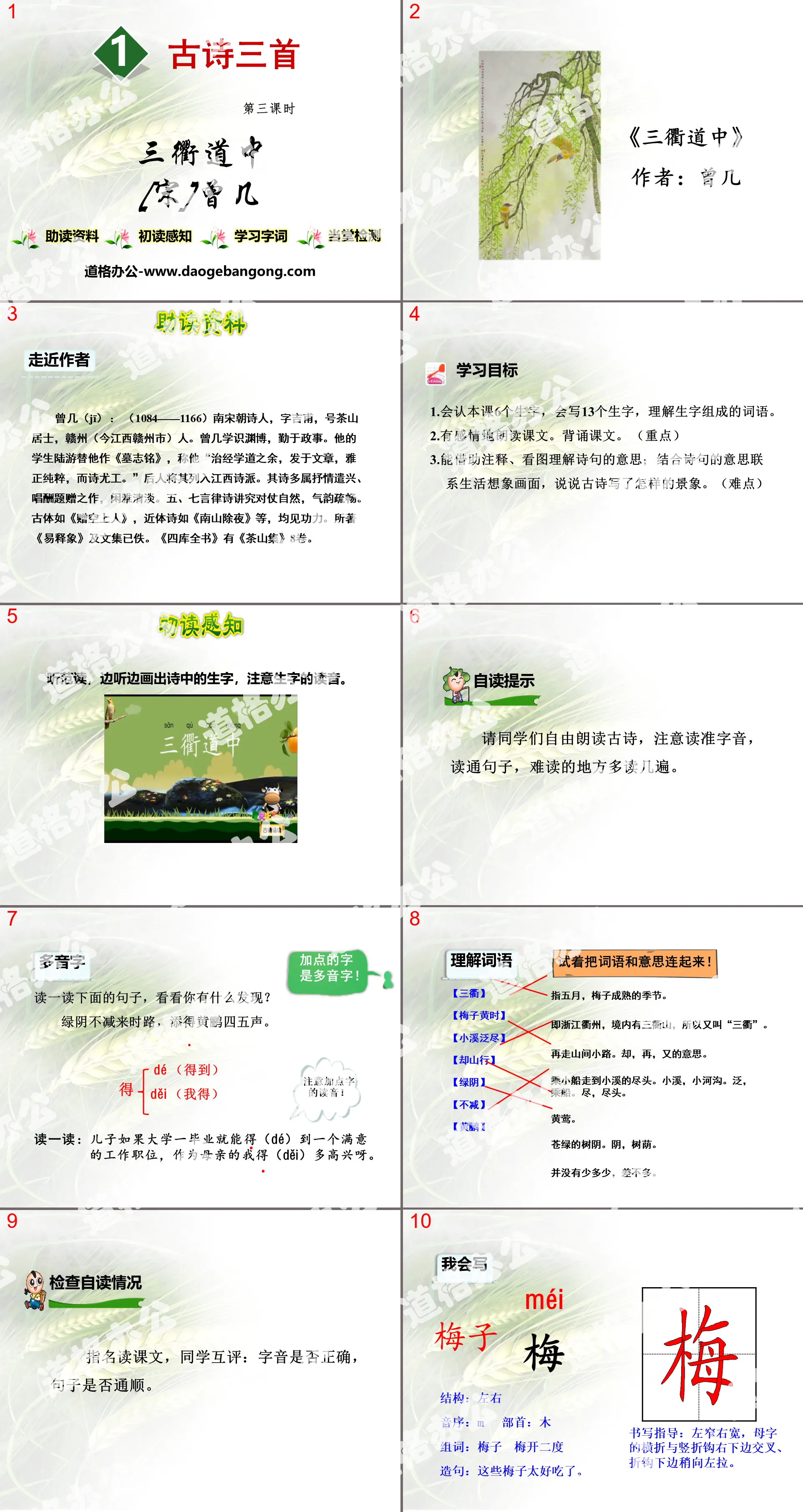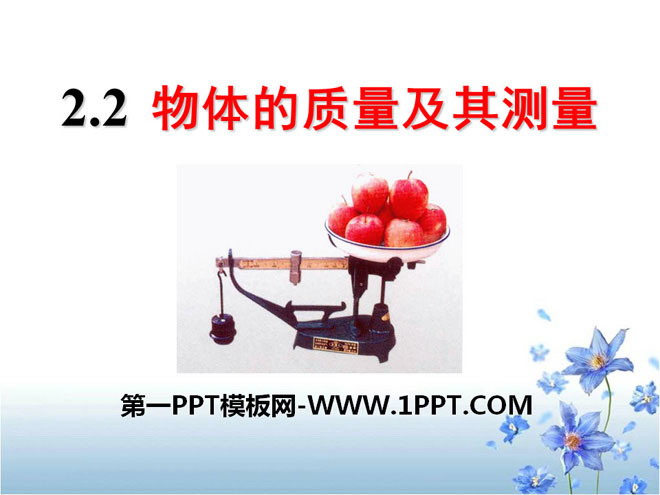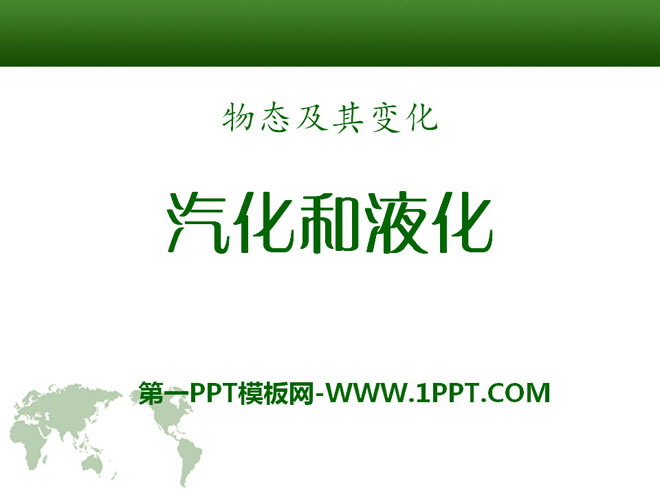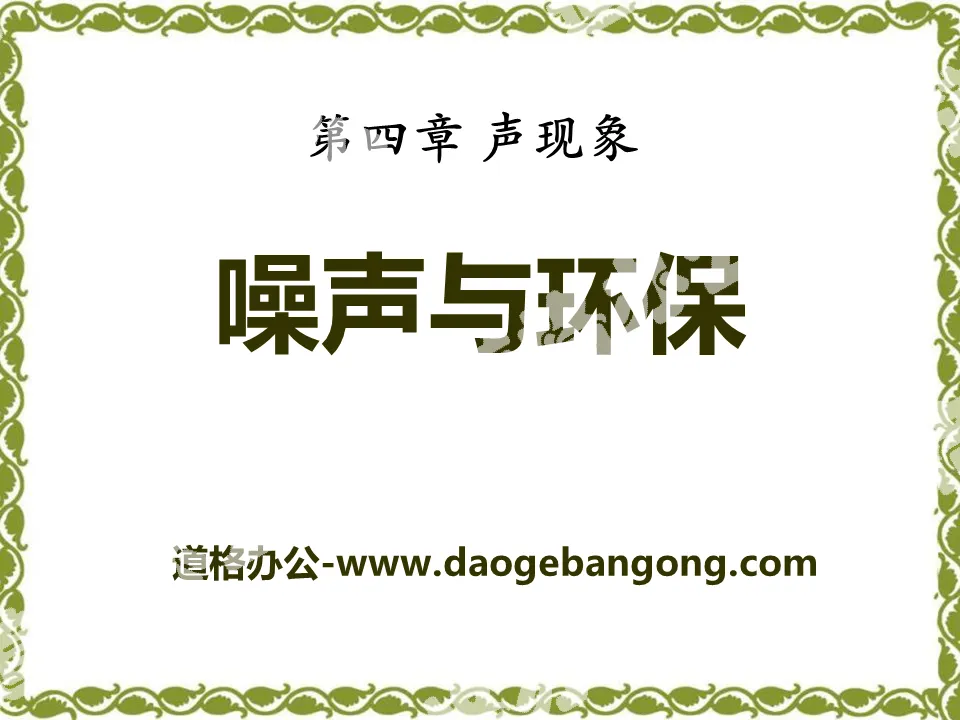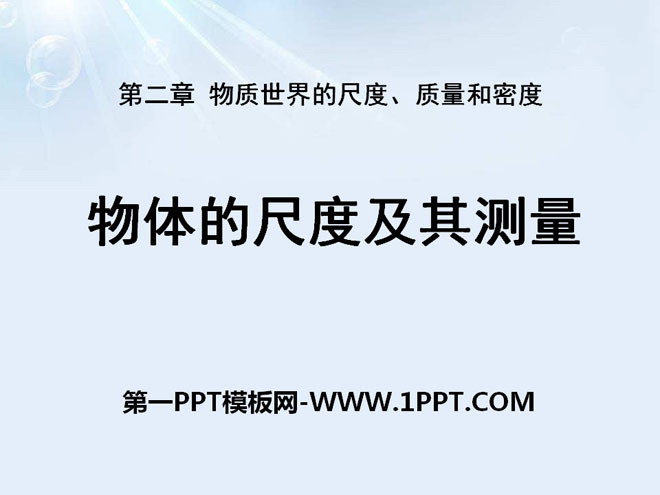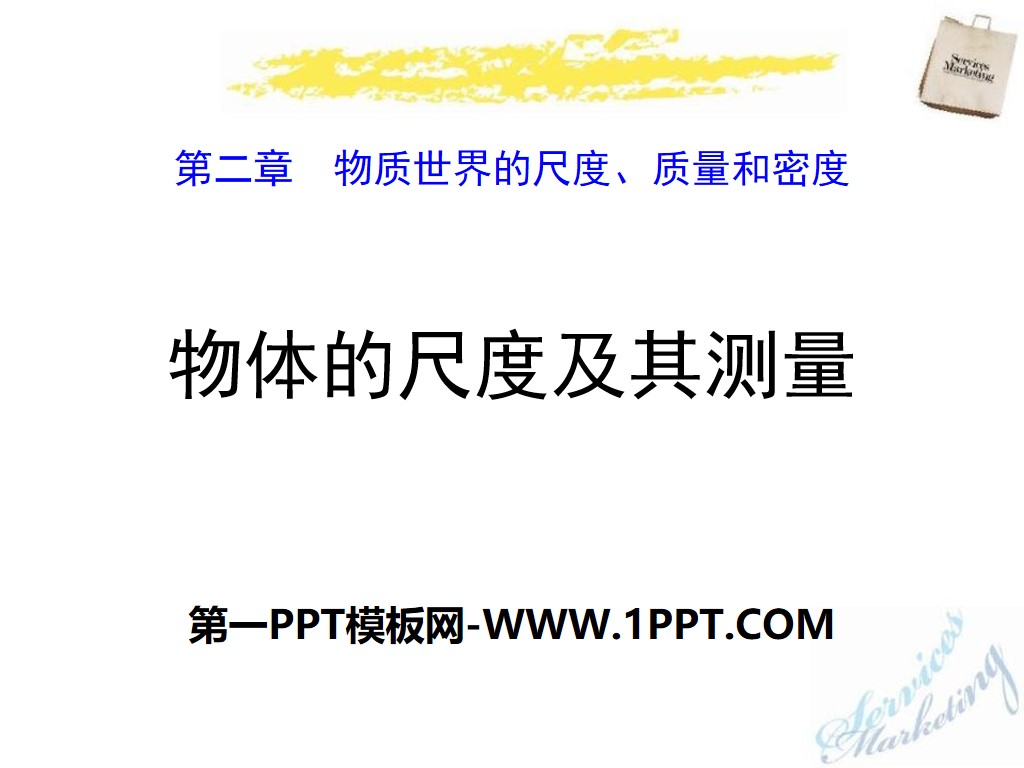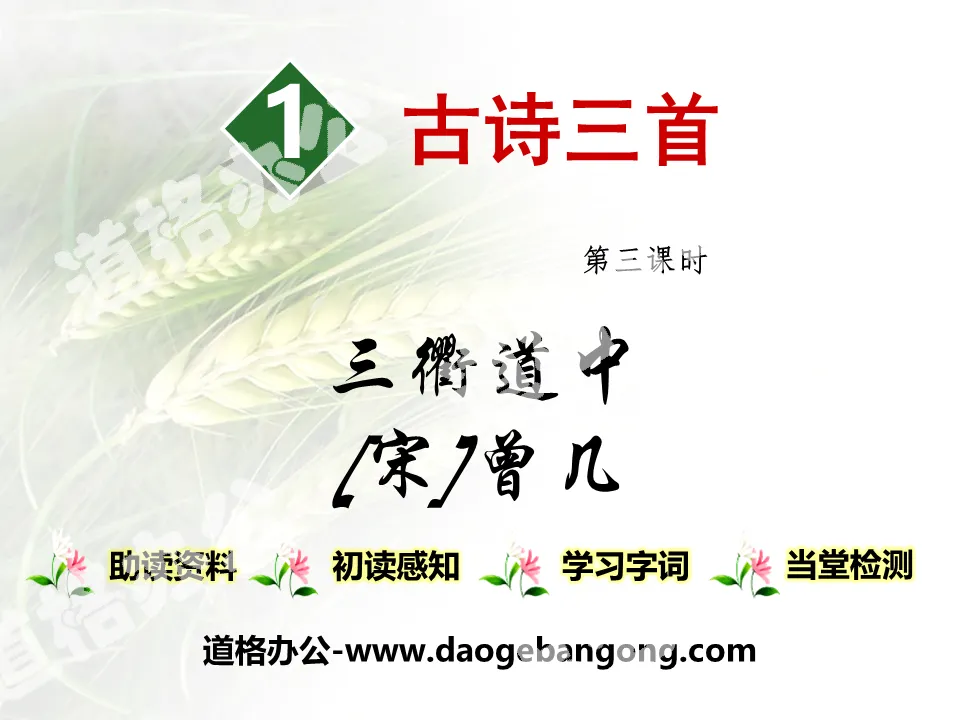
| Category | Format | Size |
|---|---|---|
| People's Education Press Chinese Language for Grade 3 Volume 2 | pptx | 6 MB |
Description
"Three Ancient Poems" PPT (Third Lesson)
Part One: Getting closer to the author
Zeng Ji (jī): (1084-1166) a poet of the Southern Song Dynasty, courtesy name Jifu, also known as Chashan Jushi, from Ganzhou (now Ganzhou City, Jiangxi Province). Zeng Ji was knowledgeable and diligent in political affairs. His student Lu You wrote an epitaph for him, saying that "in addition to studying classics and Taoism, he also wrote articles. He was elegant and pure, and his poetry was especially skillful." Later generations included him in the Jiangxi Poetry School. Most of his poems are lyrical, evocative, sung and inscribed, elegant and light. 5. The seven-character rhyme poem emphasizes the contrast with nature, and the rhythm is smooth and smooth. Ancient style poems such as "Gift to Master Kong" and modern style poems such as "Nanshan New Year's Eve" all show his skill. His "Yi Shi Xiang" and his collected works have been lost. "Sikuquanshu" has 8 volumes of "Chashan Collection".
learning target
1. Be able to recognize 6 new characters in this lesson, be able to write 13 new characters, and understand words composed of new characters.
2. Read the text emotionally. Recite. (emphasis)
3. Be able to understand the meaning of poems with the help of annotations and pictures; combine the meaning of poems with life to imagine pictures, and talk about what kind of scenes are written in ancient poems. (difficulty)
Three ancient poems PPT, the second part contains polyphonic words
Read the sentences below and see what you find out?
The green shade does not slow down the journey, and the four or five oriole calls are added.
Read this: If my son can get a satisfactory job right after graduating from college, as a mother, I would be so happy (děi).
Check self-reading status
Read the text by name, and students will comment on each other: whether the pronunciation of the characters is correct and whether the sentences are smooth.
I can write
plum
Structure: left and right
Sequence: M Radical: Wood
Group word: plum, score twice
Sentence: These plums are so delicious.
Three ancient poems PPT, the third part: overall perception
The word "coming from here" quietly transitions from the journey to the return journey, and the word "tiande" implies that the interest is still strong after the trip, so it can be noticed that there are orioles on the way back, which shows the ingenuity of the conception and the precise tailoring of this work. .
The author writes about an ordinary trip in a well-proportioned manner and finds surprises in the ordinary. Not only does he describe the pleasant scenery of early summer, but the poet's joyful mood is also vivid, allowing people to appreciate the interest of ordinary life.
Imagine the scene, and in your own words, what kind of scene does this poem describe? (key problem)
"Three Qu Road" When the plums were turning yellow, it should have been raining continuously, but it was sunny and good weather every day. The poet took a boat and walked along the stream, reached the end of the stream, and then changed to the mountain road to continue. Forward. The green trees on the mountain road are as dense as when we came here, and there are a few happy calls of oriole in the deep forest, which makes it more interesting than when we came here.
Three ancient poems PPT, the fourth part: the main theme of the text
What thoughts and feelings does this poem express? (Beads Question 4)
"Three Qu Road" is a chronicle poem, describing the poet's experiences while walking on the Three Qu Road. The poem describes the peaceful scenery in early summer and the poet's relaxed and happy mood while hiking in the mountains.
Complement ancient poems with paintings to understand the poetic meaning
Poetry and painting have the same origin! Many poems describe a picture of a natural scene, and many paintings seem to be a poem. When we study ancient poems, when we read them emotionally, the pictures described in the poems will appear in front of our eyes. If we draw the pictures that appear in front of us, we will quickly understand them when we read the poems again. This method is called matching ancient poems with pictures.
Application: For example, in the poem "Quequa", the spring sun shines warmly on the earth, and the fragrance of flowers and plants blows over with the spring breeze. Swallows were flying around in the air, holding moist mud in their mouths and making nests. On the warm sand, mandarin ducks slept in pairs and basked in the sun. If such a picture were painted, people would recite the poem casually.
Three Ancient Poems PPT, Part 5: Class Summary
The poem "Three Qu Road" describes the peaceful scenery in early summer and the poet's relaxed and happy mood while hiking in the mountains. The whole poem is bright and natural, full of life charm. While appreciating the emotions of ancient poems, I also learned how to understand poems with the help of annotations, looking at pictures, imagining scenes, and appreciating the beauty of natural scenery.
theme extension
When these three poems are read aloud, the scenes specifically described in the poems appear in the mind. It would be interesting to draw the scene that comes to mind. After finishing the study, let’s organize an activity of “Ancient Poems with Paintings”! suggestions below:
1. Read the text aloud repeatedly and imagine the scenes before your eyes. Then choose one of the ancient poems and tell the classmates about the scene that appears in front of you after reading it aloud; 2. Freely choose an ancient poem accumulated outside class, read it aloud to the students, and tell the scene in front of you; 3. Choose any two Write an ancient poem and add a painting to the ancient poem; 4. Post your own work and let the classmates comment on each other's painting.
Keywords: Free download of Chinese PPT courseware for the second volume of the third grade of the People's Education Press, three ancient poems PPT download, quatrain PPT download, Huichong Chunjiang Evening View PPT download, Sanqu Daozhong PPT download, .PPT format;
For more information about the PPT courseware "Three Quatrains from an Ancient Poetry: An Evening Scene on the Chun River in Hui Chong, Three Qu Daozhong", please click on the ppt tag of "Three Quatrains from an Ancient Poetry ppt: An Evening Scene on the Chun River in Huichong, Three Qu Daozhong".
Download the PPT courseware for the third lesson of "Three Ancient Poems":
Download the PPT courseware for the third lesson of "Three Ancient Poems" Part One: Objectives of this lesson 1. Be able to read ancient poems correctly, fluently and emotionally. (Key Points) 2. Be able to understand the situation described in the poem with the help of annotations and related information. (Key points) 3. Experience the poet’s retreat to the countryside...
Download the PPT courseware for the second lesson of "Three Ancient Poems":
Download the PPT courseware for the second lesson of "Three Ancient Poems" Part One: Objectives of this lesson 1. Be able to read ancient poems correctly, fluently and emotionally. (Key points) 2. Be able to use annotations, combine pictures, expand imagination, and understand the meaning of poems. (Key points) 3. Enter the country in love and read...
Download the PPT courseware for the first lesson of "Three Ancient Poems":
The first part of the PPT courseware download for the first lesson of "Three Ancient Poems": Introduction to the author Liu Yuxi (772-842), named Mengde, Han nationality, a native of Pengcheng in the Tang Dynasty, his ancestral home is Luoyang, a writer and philosopher in the Tang Dynasty, and a former supervisor history. A famous poet in the middle and late Tang Dynasty, he had poems...
File Info
Update Time: 2024-08-01
This template belongs to Chinese courseware People's Education Press Chinese Language for Grade 3 Volume 2 industry PPT template
"Three Ancient Poems" PPT (Third Lesson) Simple campus recruitment activity planning plan summary enterprise and institution recruitment publicity lecture PPT template is a general PPT template for business post competition provided by the manuscript PPT, simple campus recruitment activity planning plan summary enterprise and institution recruitment promotion Lecture PPT template, you can edit and modify the text and pictures in the source file by downloading the source file. If you want more exquisite business PPT templates, you can come to grid resource. Doug resource PPT, massive PPT template slide material download, we only make high-quality PPT templates!
Tips: If you open the template and feel that it is not suitable for all your needs, you can search for related content "Three Ancient Poems" PPT (Third Lesson) is enough.
How to use the Windows system template
Directly decompress the file and use it with office or wps
How to use the Mac system template
Directly decompress the file and use it Office or wps can be used
Related reading
For more detailed PPT-related tutorials and font tutorials, you can view: Click to see
How to create a high-quality technological sense PPT? 4 ways to share the bottom of the box
Notice
Do not download in WeChat, Zhihu, QQ, built-in browsers, please use mobile browsers to download! If you are a mobile phone user, please download it on your computer!
1. The manuscript PPT is only for study and reference, please delete it 24 hours after downloading.
2. If the resource involves your legitimate rights and interests, delete it immediately.
3. Contact information: service@daogebangong.com
"Three Ancient Poems" PPT (Third Lesson), due to usage restrictions, it is only for personal study and reference use. For commercial use, please go to the relevant official website for authorization.
(Personal non-commercial use refers to the use of this font to complete the display of personal works, including but not limited to the design of personal papers, resumes, etc.)
Preview
